Dealing with a bathroom sink shut off valve that won't open can be frustrating, especially when you need to turn off the water for maintenance or repairs. But don't worry, there are several solutions you can try before calling a plumber. If you're facing this problem, it's important to address it as soon as possible to prevent any further damage or water waste. In this article, we'll discuss the common causes of a stuck bathroom sink shut off valve and how to fix them. Bathroom sink shut off valve won't open
The first step to fixing a stuck bathroom sink shut off valve is to identify the cause. One of the most common reasons is the build-up of mineral deposits. Over time, these deposits can clog the valve and make it difficult to turn. To fix this, you can try using a lubricant such as WD-40 on the valve and then gently turning it back and forth until it loosens. If the valve is still stuck, you can also try gently tapping it with a hammer. Be sure to place a cloth or towel between the valve and the hammer to prevent any damage. This can help dislodge any debris or minerals that may be causing the obstruction. How to fix a stuck bathroom sink shut off valve
If the above solutions don't work, there may be a more serious issue with the shut off valve. It's possible that the valve is damaged or worn out and needs to be replaced. In this case, you may need to call a plumber to replace the valve for you. Another troubleshooting step you can try is to shut off the main water supply to your house and then attempt to turn the valve. If it still won't budge, there may be a problem with the valve itself and it will need to be replaced. Troubleshooting a bathroom sink shut off valve
If you've determined that the shut off valve needs to be replaced, you can either do it yourself or call a professional plumber. Before attempting to replace the valve, be sure to shut off the main water supply to your house. To replace the valve, you'll need a few tools such as an adjustable wrench, pliers, and Teflon tape. Start by removing the old valve by turning it counterclockwise. Then, clean the area where the new valve will be installed and wrap the threads with Teflon tape. Finally, install the new valve and turn it clockwise until it's secure. How to replace a bathroom sink shut off valve
Aside from being stuck, there are other common issues that you may encounter with your bathroom sink shut off valve. These include leaks, corrosion, and a faulty shut off mechanism. It's important to address these issues as soon as possible to prevent any further damage or water waste. If you notice a leak, you may be able to fix it by tightening the valve or replacing the O-ring. However, if the leak persists, it's best to call a plumber to assess the situation and make any necessary repairs. Common issues with bathroom sink shut off valves
The best way to prevent issues with your bathroom sink shut off valve is to perform regular maintenance. This includes turning the valve on and off every few months to prevent it from getting stuck, checking for leaks, and cleaning any mineral deposits. It's also important to be gentle when operating the valve. Avoid using excessive force or turning it too quickly, as this can cause damage. If you notice any issues, address them as soon as possible to prevent them from becoming bigger problems. Tips for maintaining bathroom sink shut off valves
If you're facing a stuck bathroom sink shut off valve and don't want to call a plumber just yet, there are a few DIY solutions you can try. As mentioned earlier, using a lubricant or gently tapping the valve with a hammer may help loosen it. You can also try using a pair of pliers to grip the valve and turn it, but be careful not to apply too much force as this can damage the valve. However, if none of these solutions work, it's best to call a plumber to avoid causing any further damage. DIY solutions for a stuck bathroom sink shut off valve
If you're not comfortable trying to fix a stuck bathroom sink shut off valve yourself, it's best to call a professional plumber. They have the knowledge and experience to properly diagnose and fix any issues with the valve. A plumber may also recommend replacing old or faulty shut off valves with newer, more reliable models. This can save you from future problems and give you peace of mind knowing that your shut off valve is in good working condition. Professional plumber recommendations for bathroom sink shut off valves
The shut off valve for your bathroom sink is an important component of your plumbing system. Its main function is to control the flow of water to your sink, making it essential for performing any maintenance or repairs. Knowing how to properly operate and maintain your shut off valve can save you from potential headaches and costly repairs in the future. Understanding the function of a bathroom sink shut off valve
Regular maintenance is essential for keeping your bathroom sink shut off valve in good working condition. It can prevent issues such as clogs, leaks, and a stuck valve. Performing routine checks and cleaning any mineral deposits can also extend the lifespan of your shut off valve, saving you from having to replace it too soon. So, make it a habit to check and maintain your shut off valve regularly. In conclusion, a stuck bathroom sink shut off valve can be a frustrating issue, but it's not impossible to fix. By following the tips and solutions mentioned in this article, you can get your shut off valve working again in no time. Remember to always be gentle when operating the valve and perform regular maintenance to prevent any future problems. And if you're not comfortable with DIY solutions, don't hesitate to call a professional plumber for assistance. Importance of regular maintenance for bathroom sink shut off valves
The Importance of Properly Functioning Bathroom Sink Shut Offs in House Design
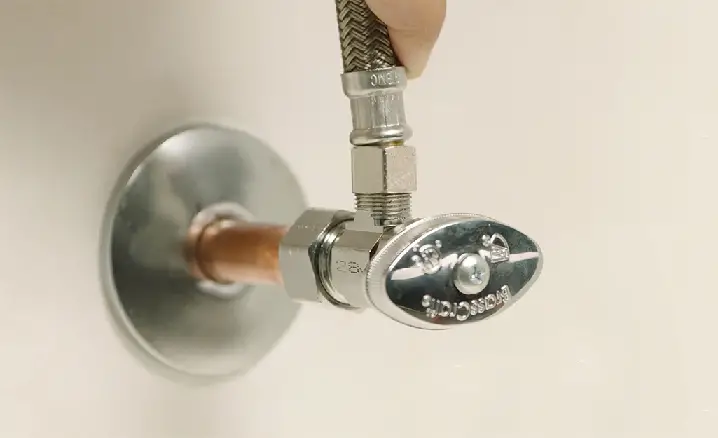
The Bathroom Sink Shut Off: A Vital Component in House Design
 When it comes to designing a house, there are many important elements to consider. From the layout and flow of the space to the materials used, every aspect plays a crucial role in creating a functional and aesthetically pleasing home. One often overlooked but essential component in house design is the bathroom sink shut off. This small but mighty fixture is responsible for controlling the flow of water to your sink and can make a significant impact on the overall functionality of your bathroom.
Bathroom Sink Shut Offs: The Basics
Before delving into the importance of a properly functioning bathroom sink shut off, it's essential to understand the basics of this fixture. The shut off valve is typically located under the sink and connects to the water supply line. It is responsible for controlling the flow of water to the sink and allows you to turn off the water in case of a leak or when performing maintenance on the sink.
When it comes to designing a house, there are many important elements to consider. From the layout and flow of the space to the materials used, every aspect plays a crucial role in creating a functional and aesthetically pleasing home. One often overlooked but essential component in house design is the bathroom sink shut off. This small but mighty fixture is responsible for controlling the flow of water to your sink and can make a significant impact on the overall functionality of your bathroom.
Bathroom Sink Shut Offs: The Basics
Before delving into the importance of a properly functioning bathroom sink shut off, it's essential to understand the basics of this fixture. The shut off valve is typically located under the sink and connects to the water supply line. It is responsible for controlling the flow of water to the sink and allows you to turn off the water in case of a leak or when performing maintenance on the sink.
The Consequences of a Faulty Bathroom Sink Shut Off
 A malfunctioning or non-existent bathroom sink shut off can lead to a host of problems in house design. One of the most significant consequences is the potential for water damage. Without a shut off valve, a leaky sink can quickly turn into a flooded bathroom, causing significant damage to your floors, walls, and even the structure of your home. This can result in costly repairs and even pose a safety hazard to you and your family.
Moreover, a faulty shut off can also be a major inconvenience. Without the ability to turn off the water to your sink, you may have to shut off the entire water supply to your house, disrupting your daily activities and causing frustration. This can also be problematic when trying to perform simple maintenance tasks, such as changing a faucet or drain.
The Importance of Regular Maintenance
To avoid the potential consequences of a faulty bathroom sink shut off, regular maintenance is crucial. This includes checking the shut off valve for any leaks or signs of wear and tear. If you notice any issues, it's essential to address them promptly to prevent further damage. Additionally, it's recommended to have a professional plumber inspect your shut off valve every few years to ensure it is functioning correctly.
A malfunctioning or non-existent bathroom sink shut off can lead to a host of problems in house design. One of the most significant consequences is the potential for water damage. Without a shut off valve, a leaky sink can quickly turn into a flooded bathroom, causing significant damage to your floors, walls, and even the structure of your home. This can result in costly repairs and even pose a safety hazard to you and your family.
Moreover, a faulty shut off can also be a major inconvenience. Without the ability to turn off the water to your sink, you may have to shut off the entire water supply to your house, disrupting your daily activities and causing frustration. This can also be problematic when trying to perform simple maintenance tasks, such as changing a faucet or drain.
The Importance of Regular Maintenance
To avoid the potential consequences of a faulty bathroom sink shut off, regular maintenance is crucial. This includes checking the shut off valve for any leaks or signs of wear and tear. If you notice any issues, it's essential to address them promptly to prevent further damage. Additionally, it's recommended to have a professional plumber inspect your shut off valve every few years to ensure it is functioning correctly.

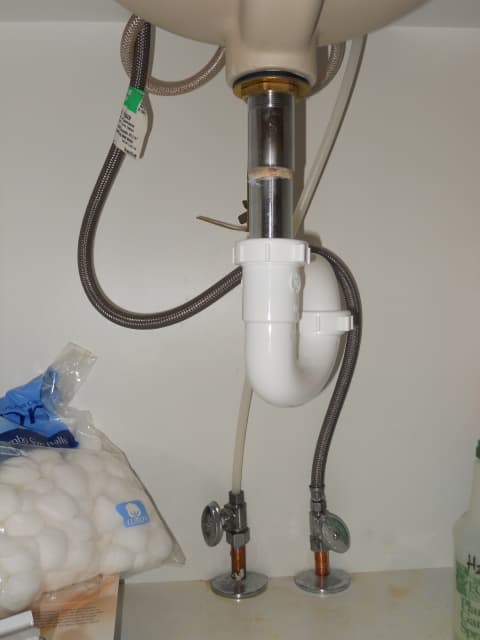





/cdn.vox-cdn.com/uploads/chorus_image/image/65889227/sink_shutoff_valves_x.0.jpg)
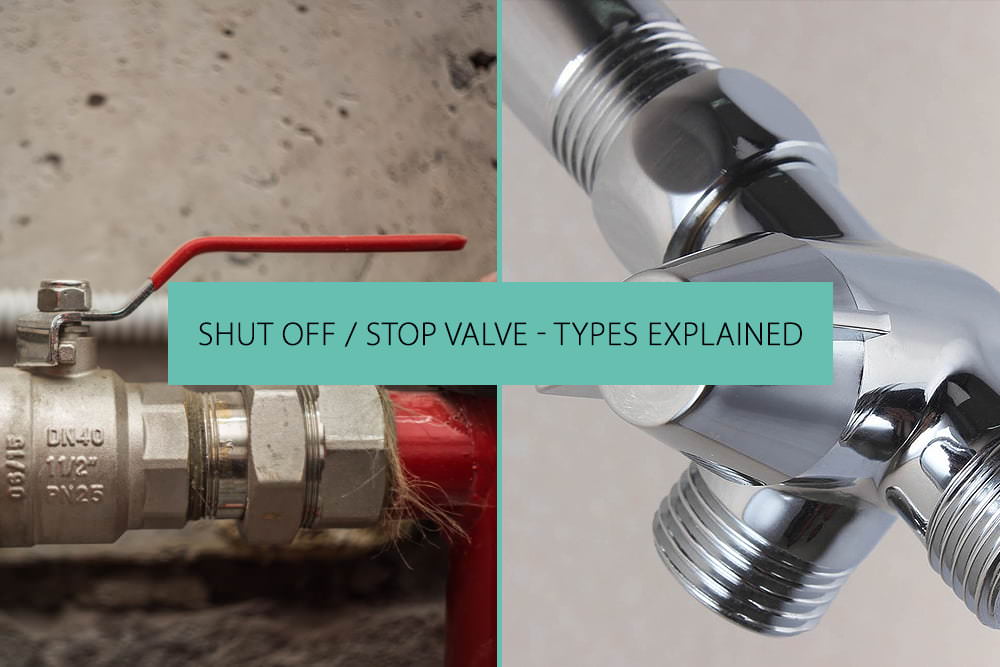





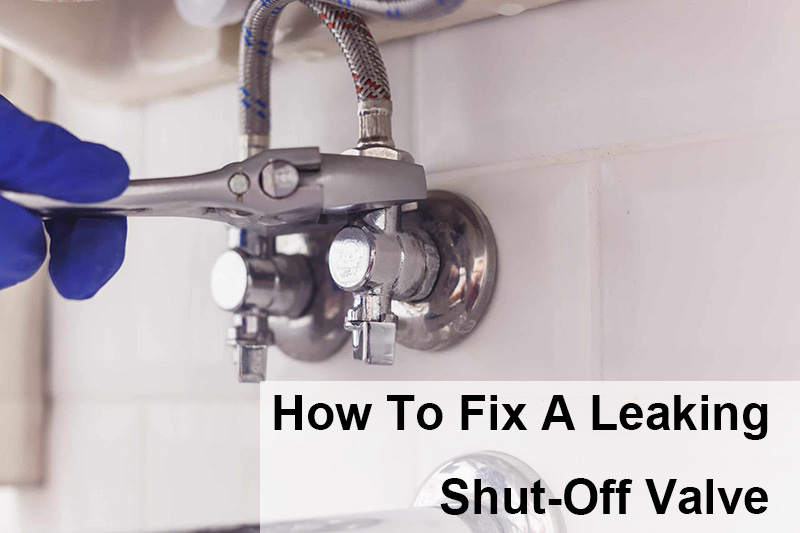


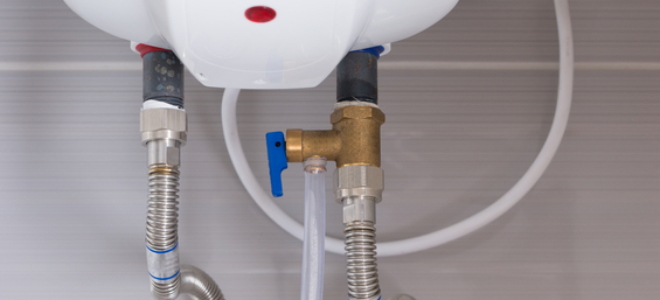




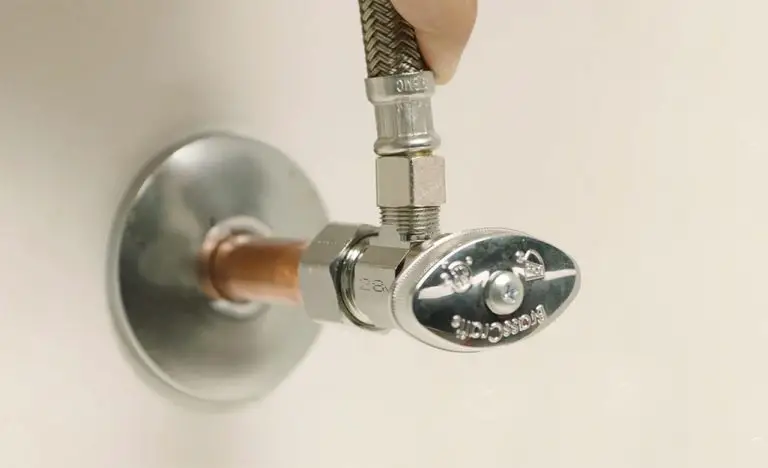
:max_bytes(150000):strip_icc()/sink-pipe-under-wash-basin-119001607-6f28aec4c66944efb7a9a38cb622ab8b.jpg)




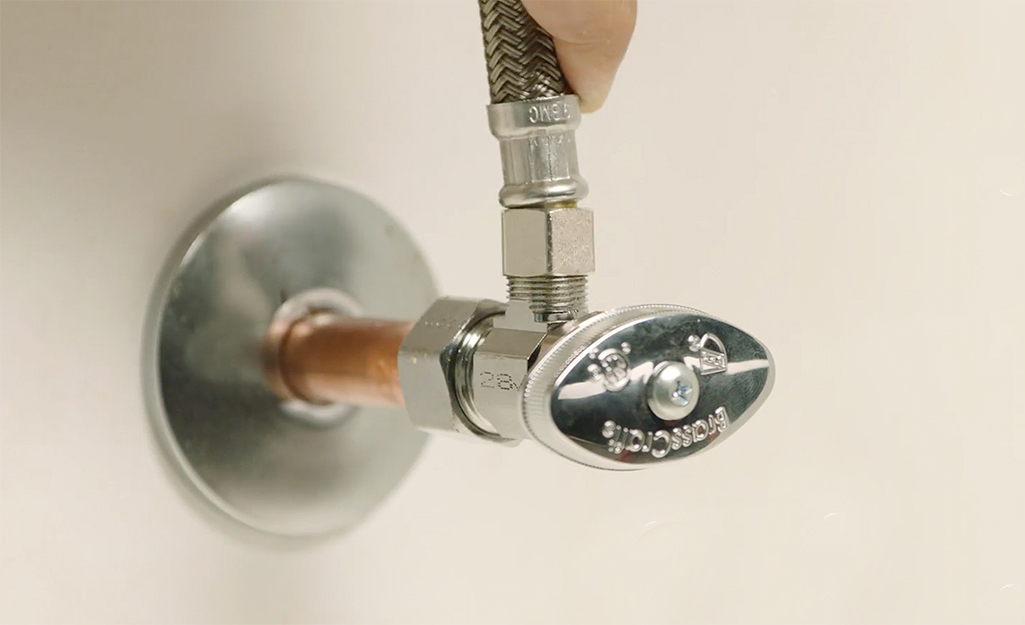




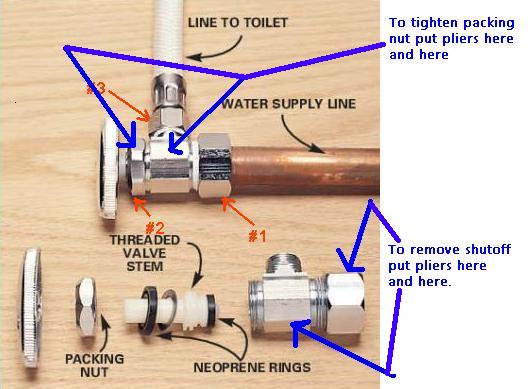
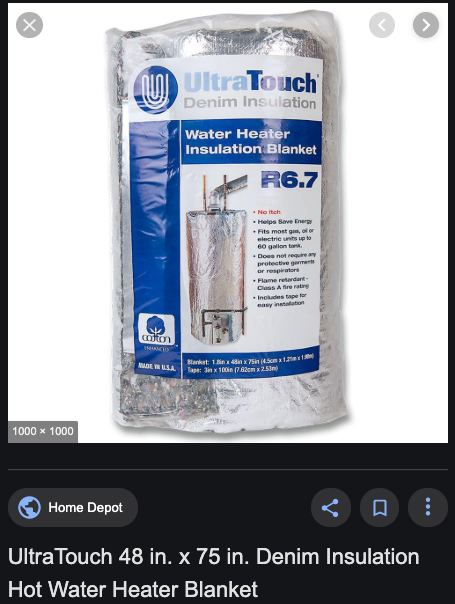
:max_bytes(150000):strip_icc()/sink-pipe-under-wash-basin-119001607-6f28aec4c66944efb7a9a38cb622ab8b.jpg)




:max_bytes(150000):strip_icc()/under-sink-shut-off-valves-2718738-01-4584f904e3f84770bef0a44af58a73ac.jpg)

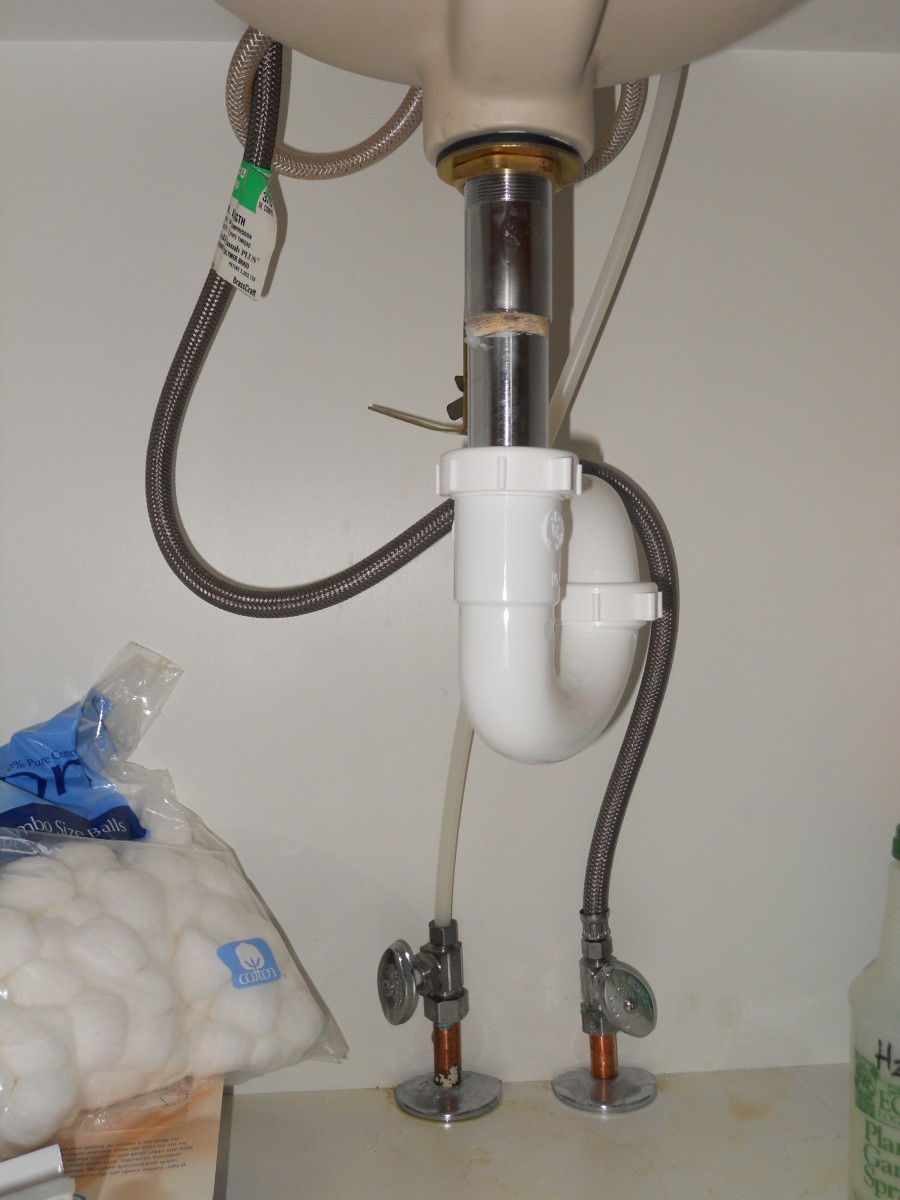
/sink-pipe-under-wash-basin-119001607-75542e154b364e7bb52032249f293908.jpg)





:max_bytes(150000):strip_icc()/under-sink-shut-off-valves-2718738-05-c32d99b32ae84b949ef8c73d88058c01.jpg)




:max_bytes(150000):strip_icc()/water-shut-off-valve-types-2718739-hero-fff0f5191aeb45d595492f8c9b4b4be2.jpg)






